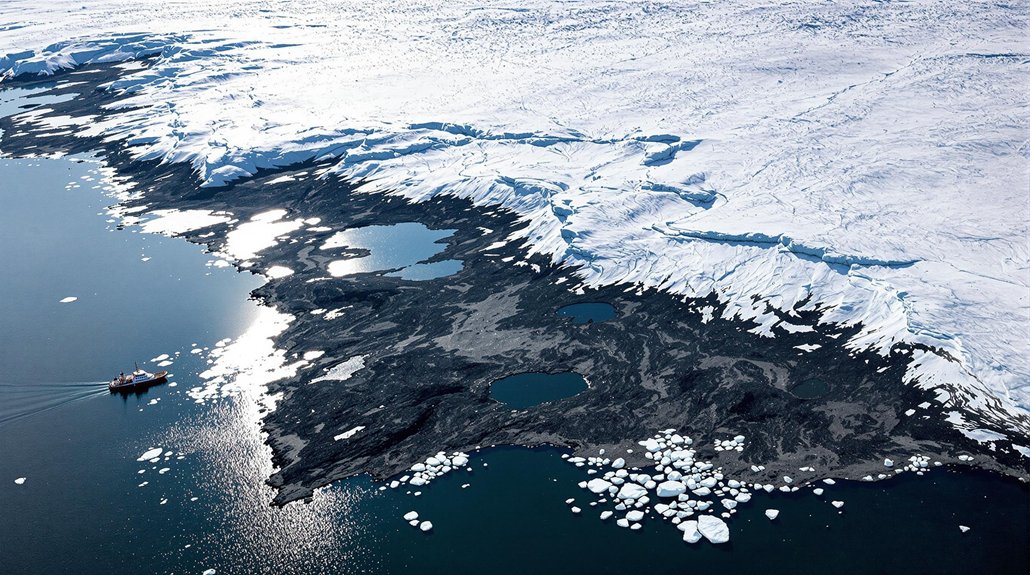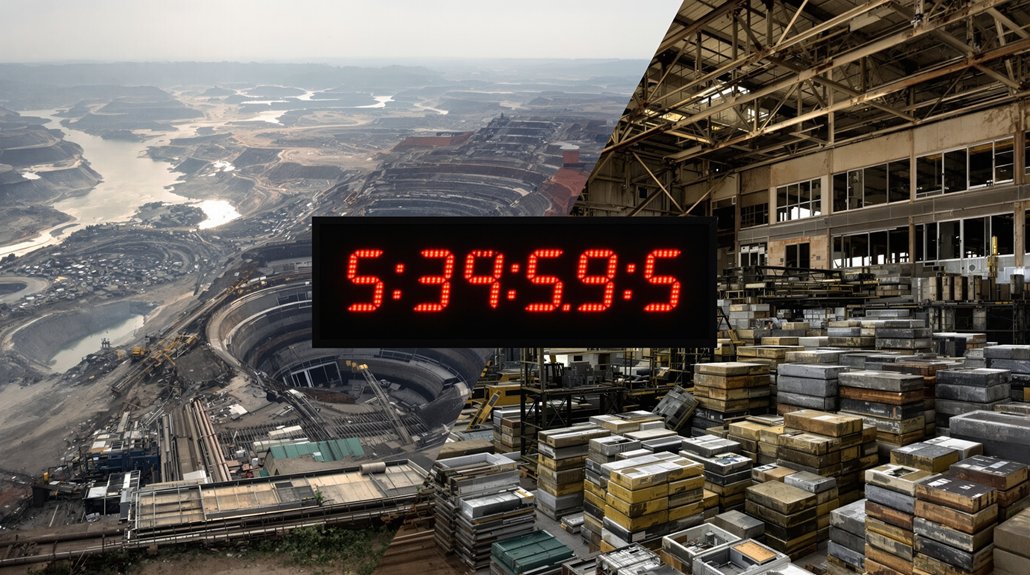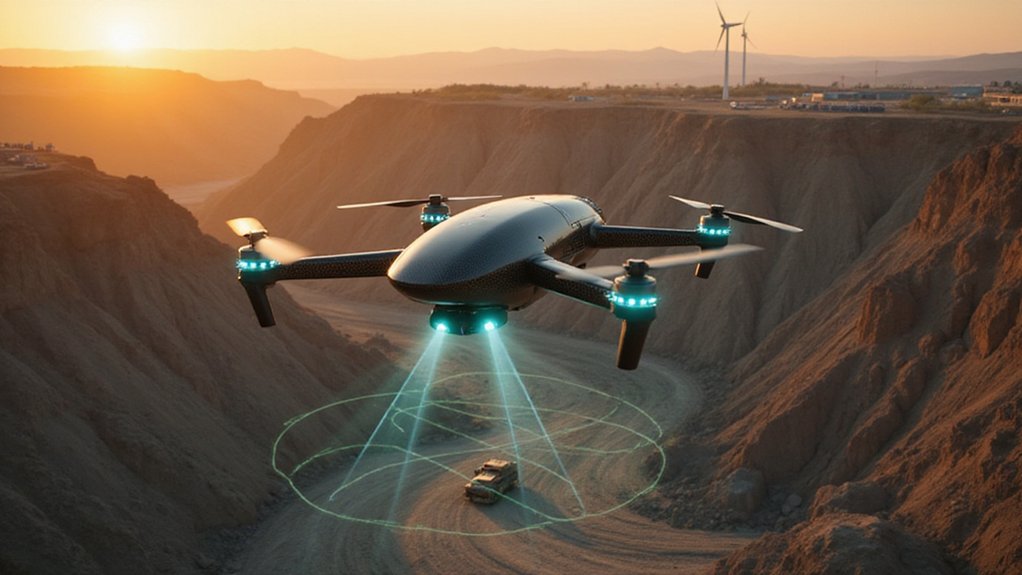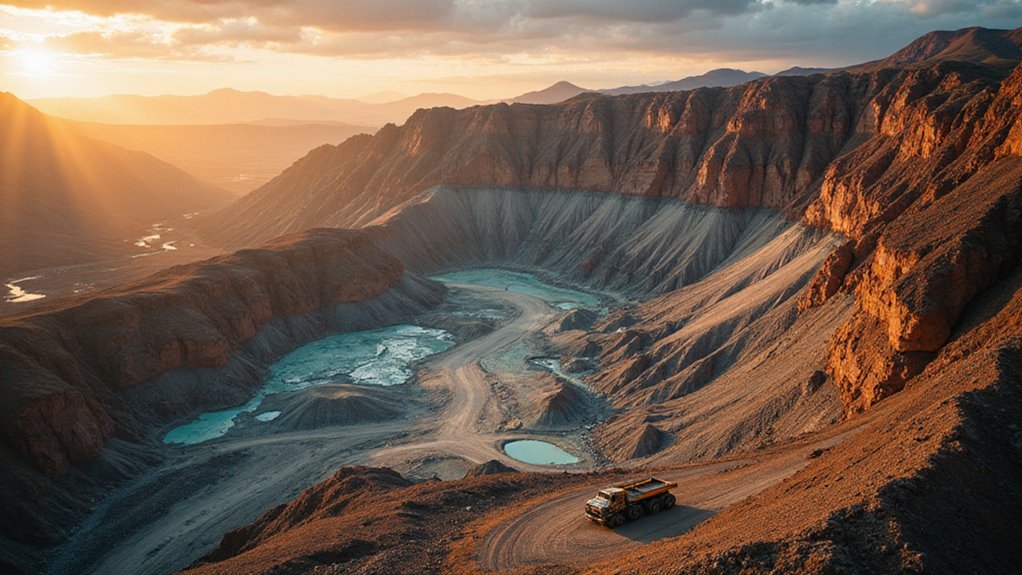U.S. Energy Secretary visited Greenland to secure access to vital minerals worth an estimated $4.4 trillion. The Arctic island holds 25 of 34 materials deemed essential by the EU. America’s move counters China’s mining ambitions in the region. Greenland’s resources are pivotal for everything from smartphones to fighter jets, despite challenging extraction conditions. The visit highlights the intensifying global scramble for rare earths as nations jockey for position in tomorrow’s resource wars.
Dozens of critical minerals lie beneath Greenland’s melting ice, and America wants them—badly. The U.S. Energy Secretary’s recent visit to this Arctic territory wasn’t just a diplomatic courtesy call. It was America’s latest move in a high-stakes global chess game for resources worth an estimated $4.4 trillion.
Greenland is sitting on a goldmine. Or rather, a rare earth mine. The island holds 25 of the 34 critical raw materials that the European Union has deemed essential. That’s a big deal. Those minerals power everything from smartphones to fighter jets.
Trump wasn’t kidding when he offered to buy the entire island in 2019. Seemed absurd at the time, but maybe he was onto something. The island’s strategic value is obvious—America’s had a military base there since 1943. But now it’s the stuff in the ground that matters most. Historical attempts to acquire Greenland included a previous US proposal to buy it for 100 million in gold.
China knows it too. They’ve already tried to open mining operations there, making U.S. officials nervous. Beijing controlling rare earths in Greenland? That’s not exactly on America’s wish list.
The problem? Getting those minerals isn’t easy. Greenland’s remote. It’s cold. The ore quality isn’t always great. And oh yeah—they’ve banned uranium mining, which complicates extracting those precious rare earths that often occur alongside it.
Climate change is making mining more feasible as ice retreats, but Greenland’s not just rolling out the red carpet. They’ve already cancelled oil and gas licensing due to environmental concerns. Local opposition has been significant, as evidenced when public protests against uranium mining led to an anti-uranium government in 2021. Apparently, they care about more than just getting rich quick.
For Greenland itself, mineral development could transform their economy. New jobs, new skills, new revenue. Who wouldn’t want that? But balancing economic dreams with environmental realities is tricky business. Leveraging geothermal energy could offer a minimal land use solution that addresses both economic development and environmental concerns.
Meanwhile, the EU, Australia, and Canada are all circling, hoping to stake their claims. It’s a new Arctic rush, folks. And America’s energy chief didn’t fly all that way just to admire the scenery.








